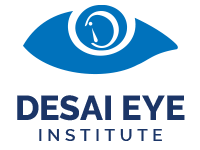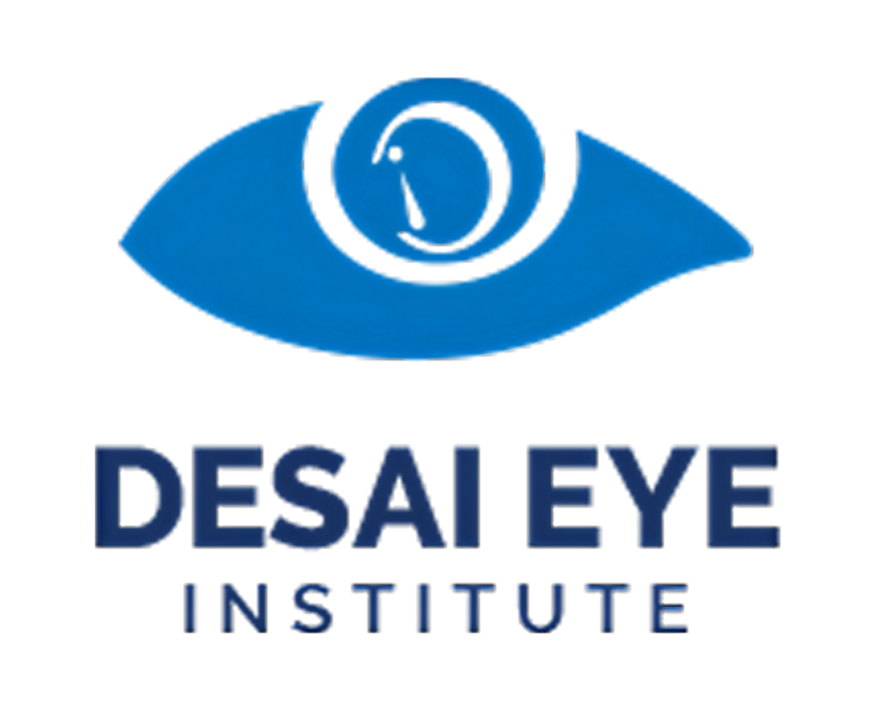Eyelid cysts and styes are common eye conditions that can cause discomfort and concern. Though they share some similarities, understanding the differences between the two is crucial for proper treatment.
What is an Eyelid Cyst?
An eyelid cyst, also known as a chalazion, is a small, painless bump that forms when a meibomian gland in the eyelid becomes blocked. These glands are responsible for producing the oils that help lubricate the eyes. When the gland becomes clogged, it leads to the formation of a cyst, which may grow in size over time. Although chalazia are typically painless, they can become inflamed, resulting in discomfort or redness around the cyst.
What is a Stye?
A stye, or hordeolum, is a red, painful bump that appears on the edge of the eyelid, often resembling a pimple. It occurs when an eyelash follicle or an oil gland near the eyelash becomes infected with bacteria, typically Staphylococcus aureus. Styes are usually accompanied by pain, swelling, and sometimes pus. Unlike eyelid cysts, styes are generally acute and more likely to cause discomfort and irritation.
Signs & Symptoms
- Eyelid Cyst: A painless, firm bump on the eyelid, often located further from the eyelid margin. The skin may appear normal or slightly red, but there is typically no significant pain or swelling unless it becomes infected.
- Stye: A tender, red, and swollen bump that forms on the eyelid margin. It may cause significant pain, irritation, and sometimes watery eyes. A stye can also cause the eyelid to feel gritty or itchy.
Treatment Options
- Eyelid Cyst: Most eyelid cysts resolve on their own within a few weeks. Applying warm compresses to the affected area can help promote drainage and relieve discomfort. If the cyst does not improve, a doctor may recommend draining it surgically.
- Stye: Warm compresses are also the primary treatment for styes, as they help to reduce swelling and encourage the pus to drain. Over-the-counter antibiotic ointments may be used, but if a stye worsens or persists, medical intervention may be required, including drainage or prescription antibiotics.
In summary, while both eyelid cysts and styes affect the eyelid, they differ in causes, symptoms, and treatment. For persistent or recurring symptoms, it’s important to consult an eye care professional to determine the best course of action and avoid complications.
Desai Eye Institute & Research Centre is committed to providing the highest quality care for all your eye health needs. Our experienced team of ophthalmologists and specialists utilizes advanced diagnostic tools and treatments to address eye infections promptly and effectively. With a focus on patient comfort and outcomes, we offer personalized care plans tailored to your unique condition. Whether you are experiencing an eye infection or need routine eye care, Desai Eye Institute and Research Centre is here to help you maintain optimal vision and eye health.


